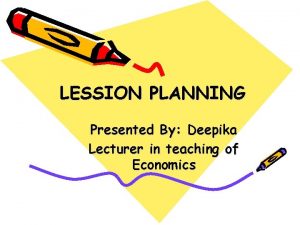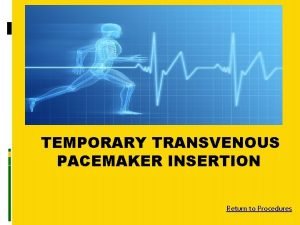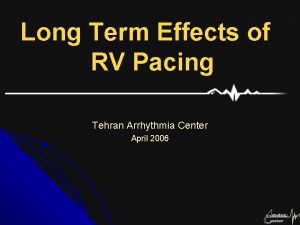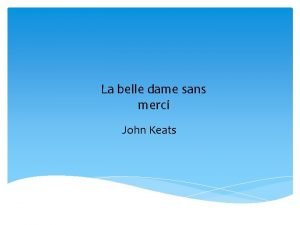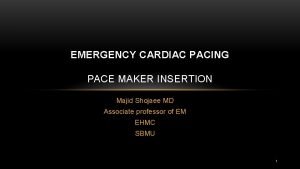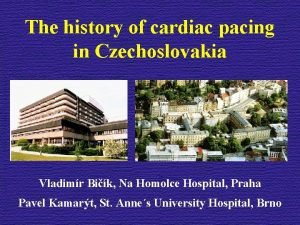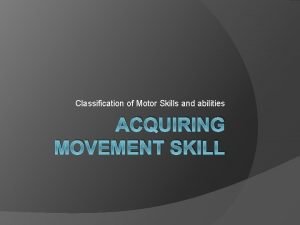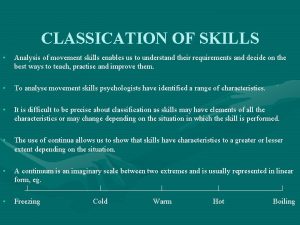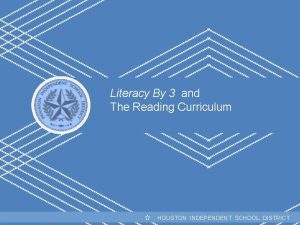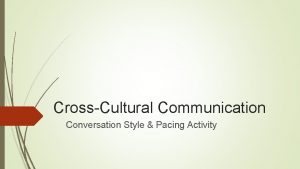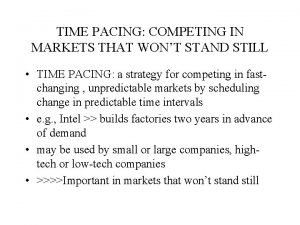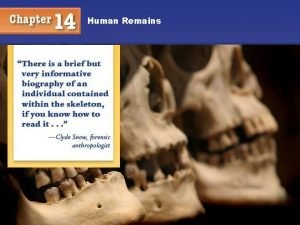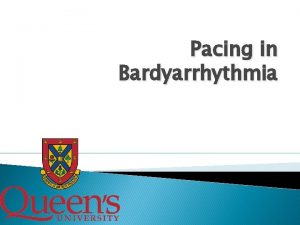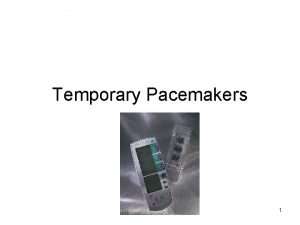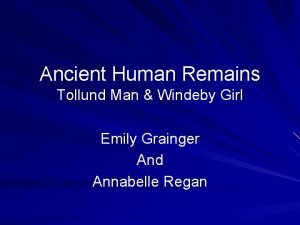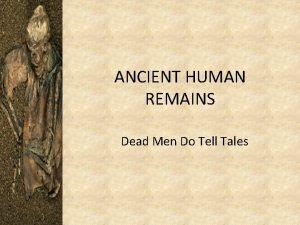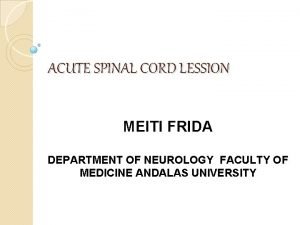SECTION II ANCIENT HUMAN REMAINS REVISION LESSION PACING














- Slides: 14

SECTION II ANCIENT HUMAN REMAINS REVISION LESSION

PACING This is a 2 hour paper to complete 3 topic questions This allows 40 minutes per topic. The mini extended responses should take up at least 20 minutes. Ancient History requires good memory and strong wrists. This section overall has the most writing. (You cannot wing it)

Syllabus! Questions come from here 1. 2. 3. 4. 5. Lindow Man, Grauballe Man, Windeby Girl, Tollund Man – places of discovery, dating of finds, events surrounding discovery of the bodies: preservation of the bodies in the peat bogs, possible causes of death, various hypotheses based on forensic evidence and other sources Reconstructing the lifestyle of these individuals: physical appearance, clothing, evidence of the environment; possible cause of death; associated rituals Comparison with other finds of a similar nature: Ice Man, mummified Scythians, Inuit boy, Peruvian mummies, Egyptian examples Religious beliefs and customs associated with burial practices of this nature Role of science and written sources in reconstructing the past

CASE STUDY- DEATH AND BURIAL This year there are three short answer questions- 5, 8 and 12 marks 5 mark requires you to briefly describe. Explain, will need higher order statements which reference varying perspectives (evidence and sources) The 12 mark is also explain but requires you to show a greater breadth of specific knowledge

Sample Question With reference to specific sources explain what death and burial practices tell us about the Society. SOURCE A “Burials have been described as containing more information per cubic meter than any other archaeological features” Explain this statement with reference to specific sources

Complete a structured plan to answer the question SOURCE A “Burials have been described as containing more information per cubic meter than any other archaeological features” Explain this statement with reference to specific sources INTRO

Complete a structured plan to answer the question INTRO CLEAR ANSWER TO QUESTION REFER TO SOURCE PARAGRAPH 1 INFORMATION GATHERED PARAGRAPH 2 PARAGRAPH 3 Examples/Argument Evidence CONCLUSION Example/Argument Evidence

Assumed knowledge: Finding and dating FINDING Chance DATING SCIENTIFIC ANALYSIS Scanning Electron microscopy Ground Surveys Aerial Surveys Atomic absorption spectrometry Ground Penetrating Radar Magnetometer Satellite radar Sonar Electronic spin Resonance:

WHAT Can we tell from bodies Inference: What Can We Learn?

WHAT CAN’T WE TELL Pathology –Health and Disease The Paradox: “Healthy” looking skeletons: May have died of serious, acute infections “Unhealthy” looking skeletons: May have been Strong enough to survive multiple insults to health We’re looking at DEAD populations – not living ones Disease we can see in bone? Long-standing, chronic conditions Include infection, dietary deficiency, degenerative

Burials Skeletons Health, disease, Tomb Art &Architecture GENDER ROLES INHERITANCE PATTERNS Craft skills, Burial remains as evidence Tomb goods Economy, SPECIALIZATION LOCAL/IMPORTED PRODUCTS Social classes Status, Power Values and beliefs about life and death

Limitations of burials PURPOSE Were they meant as a votive offering to the gods or were they needed in the afterlife? Can the burial under study be taken as representative of the population as a whole Grave goods Were the goods specific funerary ware or were they in general circulation. ? INTERPRETATION Do the grave goods reflect the deceased life or merely tributes to the deceased from the attending mourners? OWNERSHIP Did they belong to the deceased or to the mourners. ?

Can you use Ice Man? ? ? ? Ice Man can be used as a supporting source but should not be the main focus. You must show a comprehensive knowledge of other sources eg Bodies as your primary argument

GOOD LUCK
